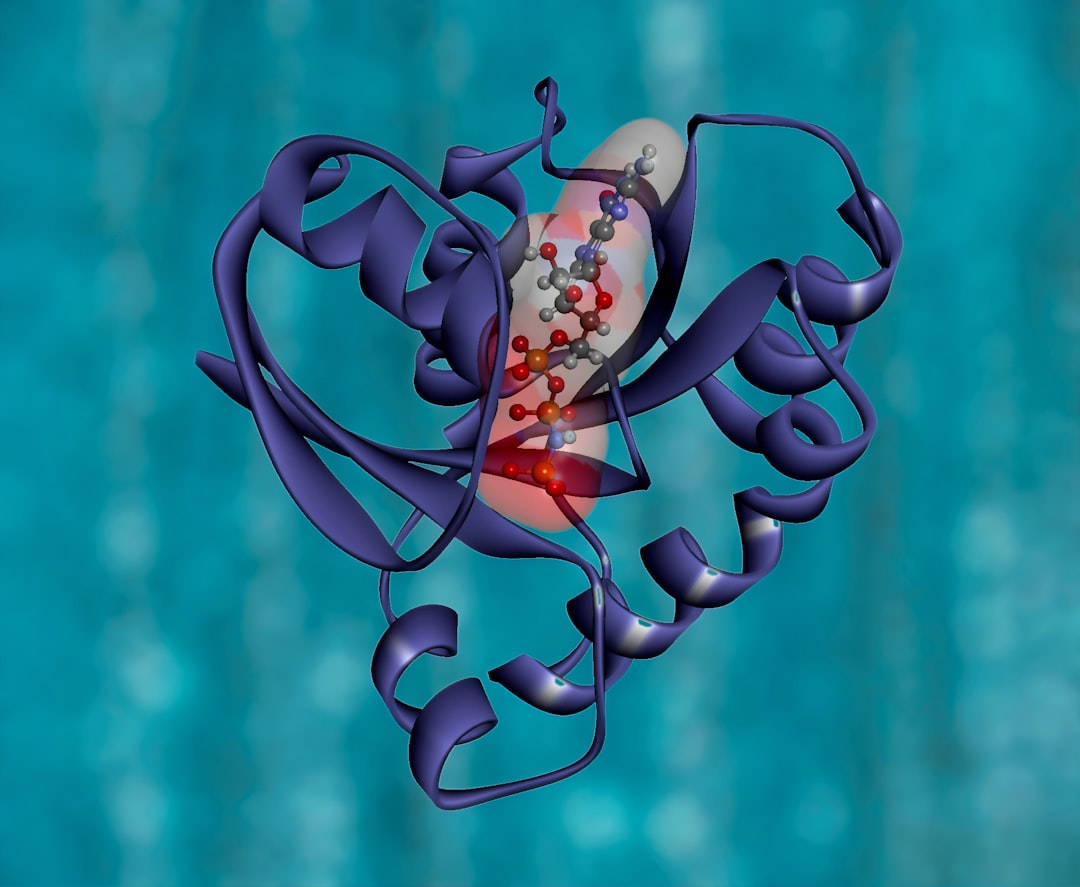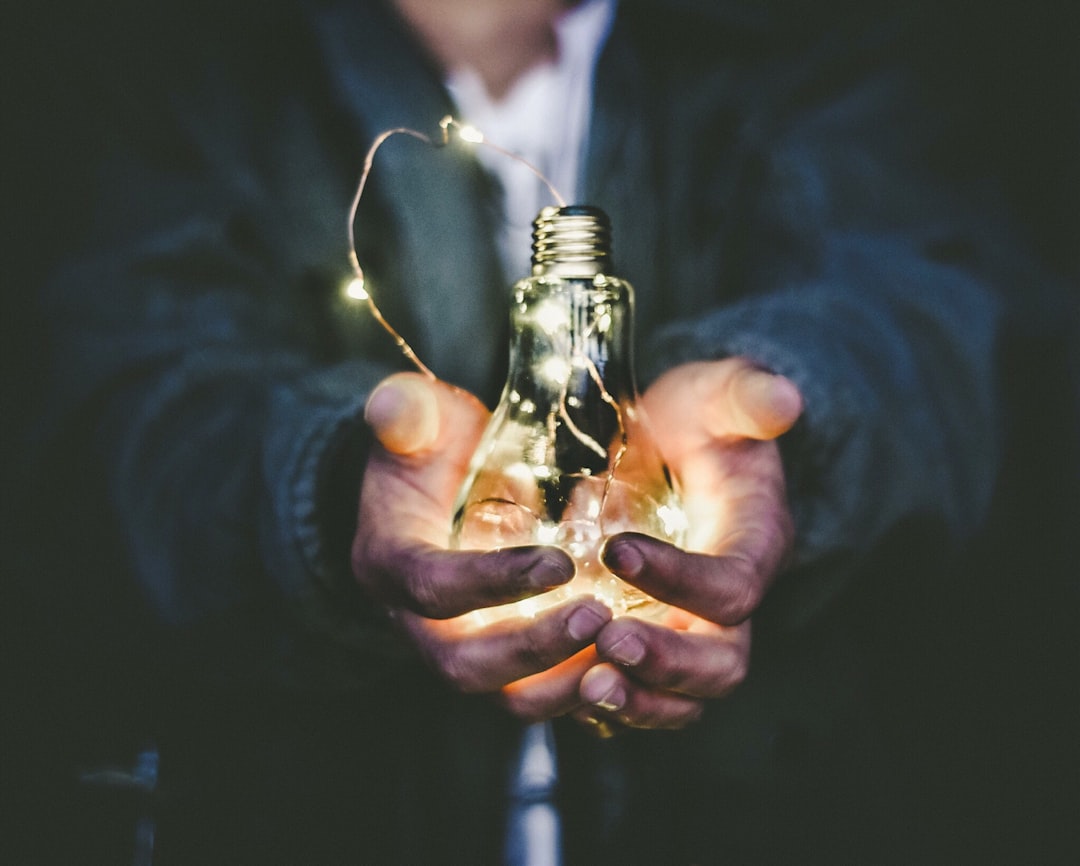What is it about?
Nanotechnology is considered as the technology to manipulate matter with at least one dimension sized from 1 to 100 nanometers. We have used nanotechnology in an environmentally friendly way to build material that when dispersed in water could serve as shielding for radiation or even transforming the radiation into electricity. Moreover the design of our new material makes it a potentially good catalyst and a medium to detect pathogens and microbes.
Featured Image
Why is it important?
There are several important findings in our reported work. 1) We reported the fastest ever electron capture in water before even the electron could have time to be solvated. 2) Combination of our synthetic, computational and physico-chemical measurement works show that certain metal nanostructures in solution can capture electrons very fast and shed light on why this happens. Such an understanding can pave the way for future designs that then can be used to prevent radiation therapy side effects. This may change the future of nano-medicine as we predicted use of nanomaterials that could have the potential of both reducing the radiation damage to healthy tissues and prevent infection that could be induced by radiation therapy due to using antimicrobial dynamic surfactants without covalent bonding to metal nanoparticles. 3) One of the greenest methods for syntheses of metal nanoparticles was developed. 4) It was shown that particle physics techniques based on muon chemistry can be used to provide invaluable information on nanostructures with applications in many branches of chemistry and technology. 5) Future extension of our nanomaterial design could be used to transform radiation directly to electricity. If realized this is very important for future of nuclear industry as we can then build a totally innovative generation of nuclear power plants that would be much safer and less costly for generating electricity that even generation IV nuclear reactors which are being designed. This is in addition to transforming the nuclear waste to electricity.
Read the Original
This page is a summary of: Ultra-fast electron capture by electrosterically-stabilized gold nanoparticles, Nanoscale, January 2015, Royal Society of Chemistry,
DOI: 10.1039/c5nr02291f.
You can read the full text:
Contributors
The following have contributed to this page










